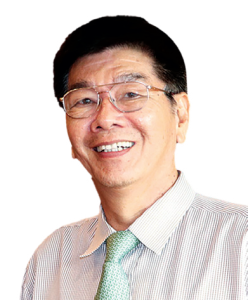 Over the years, the VietShrimp Aquaculture International Fair, particularly VietShrimp 2024, has increasingly become a crucial event in uniting various sectors of the industry. Participants collaborate with customers to enhance these connections. This proactive approach contributes to the sustainable growth of Vietnamese shrimp, aligning with global trends.
Over the years, the VietShrimp Aquaculture International Fair, particularly VietShrimp 2024, has increasingly become a crucial event in uniting various sectors of the industry. Participants collaborate with customers to enhance these connections. This proactive approach contributes to the sustainable growth of Vietnamese shrimp, aligning with global trends.
I felt this way when I saw the diversity and grandeur of the exhibition space. It’s even more profound when I attended the content of the seminars, especially with speakers from abroad, held in conjunction with the exhibition.
The seminars accurately identified the challenges and provided appropriate responses for the shrimp industry in 2024. The conference helped us better orient towards the development of the shrimp industry, which may involve strengthening and supplementing industry development strategies. This includes development aligned with economic cycles, implementation of ASC farming standards, and leveraging data systems to handle situations quickly and efficiently. Additionally, the development strategy must address trends ensuring animal welfare (such as not removing the eyestalks and maintaining appropriate stocking densities)…
I visited all the booths, but focused on a few where I could gather the most relevant information. It’s fair to say that some peripheral information helped validate the main details. Overall, I found some bright spots, albeit small, but quite meaningful.
Our agriculture sector is implementing one million hectares of high-quality rice fields using new cultivation techniques, not only reducing emissions but also generating carbon credits for the future. This program was showcased at the 2023 Rice Festival in Hau Giang.
However, at VietShrimp 2024, I noticed that Thai Nam Viet’s booth seemed somewhat deserted, as they promoted their microbial technology for rice cultivation. While this is not particularly groundbreaking, it still represents a small glimmer of light, indicating awareness and a shift towards sustainable agricultural development in general. Thai Nam Viet has found a significant business opportunity, as millions of hectares of rice fields in the Mekong Delta are in dire need of applying microbial technology in rice cultivation to improve efficiency and promote sustainable development, especially in the shrimp-rice farming model.
I also encountered a booth from a company based in Thanh Dao, Son Dong, China, displaying shrimp peeling machines. This was quite intriguing as it showcased the spreading reputation of VietShrimp and offered an opportunity to learn more about shrimp peeling equipment, which is currently in demand among shrimp processing companies. The novelty and “uniqueness” displayed at this VietShrimp do not end here; there are many other perspectives and insights from attendees. Nevertheless, these two “unique” instances have left a lasting impression on me, alongside the main highlights of VietShrimp 2024, which were organized on a large scale and continue to evolve.
The story of VietShrimp is not only joyful and refreshing but also intriguing! I express my gratitude to the Organizing Committee for their dedication to the development of this vital economic sector. Thanks all the businesses that actively participated in the booths, showcasing their spirit of sharing and community support. VietShrimp took place in March, serving an additional source of positive energy, propelling the Vietnamese aquaculture industry into the transformative year of 2024, full of changes and opportunities!
Dr. Hồ Quốc Lực
Chairman of Sao Ta Foods Joint Stock Company
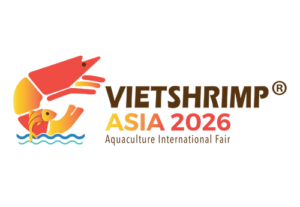
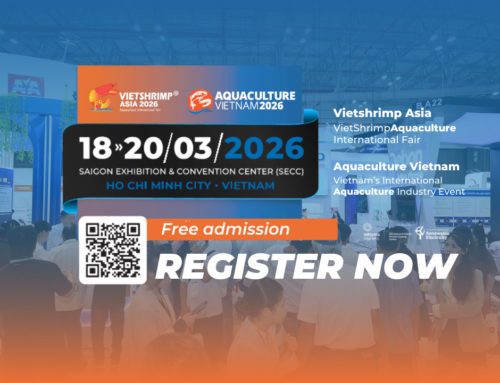
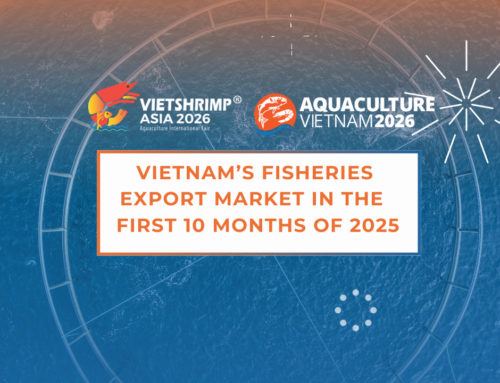
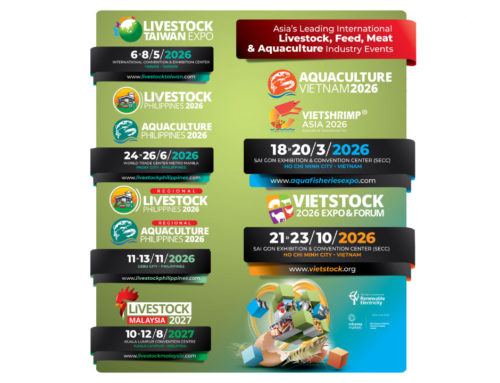
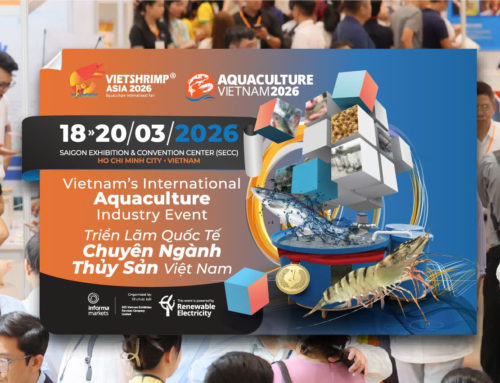
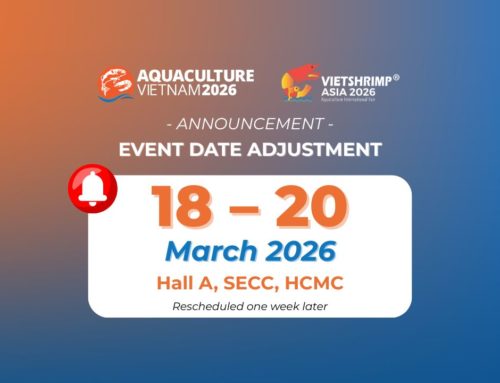

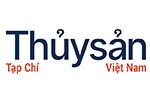
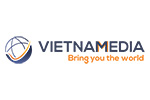


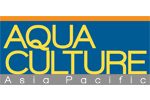
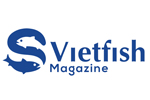
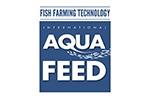
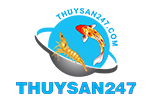

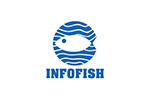



Để lại một bình luận